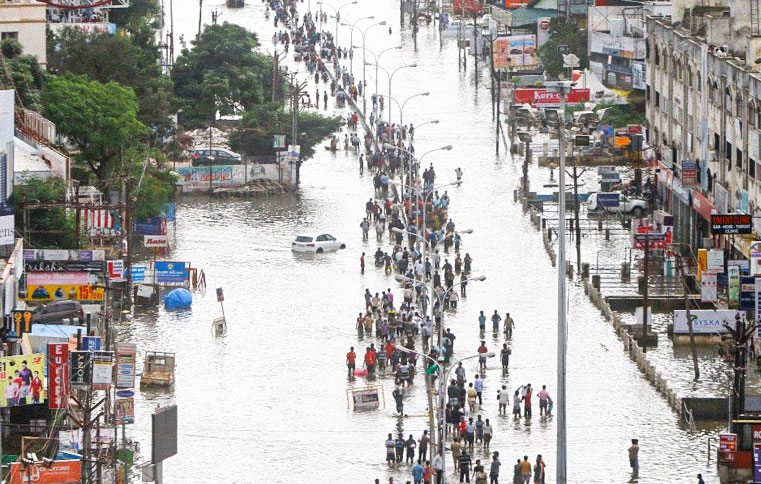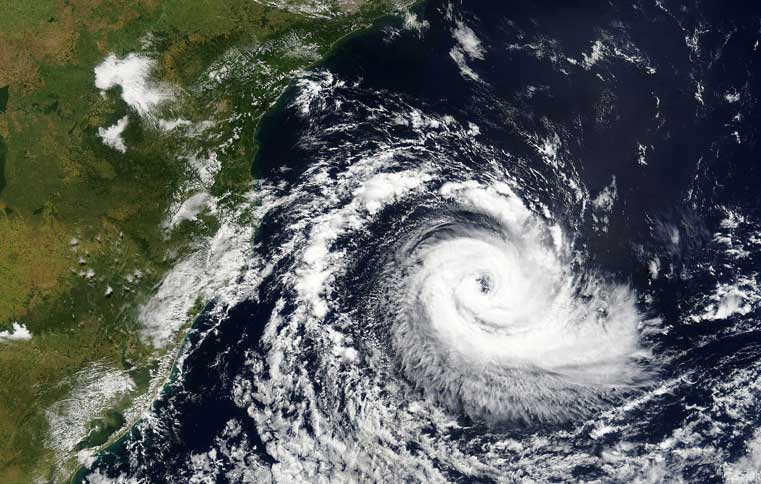Water-related disasters and health impacts: need for resilient approaches
By: Nishikant Gupta | Date: 20th July 2020
 Image Source: CNN
Image Source: CNN
It will not be farfetched to say that the adverse impacts of human stressors, (e.g. point source and non-point source pollutants reaching alarming levels in some areas), and climate change impacts, (e.g. erratic rainfall, increased temperature) could be felt once again through disasters such as floods and droughts in many regions.
To top it all, the health impacts of these disasters threaten millions of dependent communities, in particularly women, children, the elderly, and the poor.
Floods can be exhausting for affected communities and local governments. There are multiple reasons for this: it could cause death of individuals through drowning; landslides and electrocution (due to faulty/broken wires) can cause significant damage to lives, livelihoods and infrastructure (damage to roads, buildings and critical relief facilities).
In tropical environments and without a sustainable eradication programme in place, increase in mosquitoes can result in a surge in dengue and malaria cases.
Floods can take a grave toll on the regular water supply: the standing/stagnant water coupled with the overflowing drainage systems can contaminate local drinking water supplies such as wells and hand pumps, and give rise to increased cases of diarrhea and cholera – a crippling effect on the already overburdened health system.
The adverse impacts of floods also impacts the mental wellbeing of the affected, and often persists for a longer duration post a flooding event.
Droughts, an equal calamity leads to widespread loss of lives and livelihoods due to lack of food, water and essential nutrition. Loss of agricultural crops due to non-availability of irrigation water, and loss of livestock are financially impactful to the communities.
The less availability of water means that there is less water present for hygiene purposes and for drinking, often resulting in people consuming unsafe water leading to many water-washed diseases such as dysentery, and skin infections.
Any negative issues associated with the availability of adequate amount of water to quench the basic needs comes at a huge price – the resulting health and socio-economic impact is often backbreaking for local communities and governments.
. It further influences livelihoods, nutrition (children and pregnant and lactating women suffering the most from food insecurity and malnutrition), and the wellbeing of dependent communities in an adverse manner.
Key Research Points
- There is an urgent need for early warning systems for floods and droughts, and its timely dissemination to potentially affected communities.
- Better preparation of the existing health systems to be able to cope with any sudden disasters and its related health impacts is a must.
- There is a critical need to strengthen the existing strategies, and devise novel tools to ensure that there is inclusiveness, accessibility and support to harness preparedness and relief in an equitable manner (disasters affect people differently, based on gender, age, social status, and location) during the flood and drought season.
- In addition, there is an urgent need to utilize social media for public consultation and outreach to spread awareness regarding these hazards.
- The local governments need to allocate more resources to support ground-based scientific research (climate variability, changes in extreme events) in “hot zones” of water disasters for better preparedness.
- It is important that stakeholders from all walks of life come together for a dialogue, and develop specific, targeted action points which are sustainable and can achieve the much needed respite.
The time has come to take concrete steps towards these almost annual water-related disasters, and work towards improving the lives and livelihoods of vulnerable communities.











